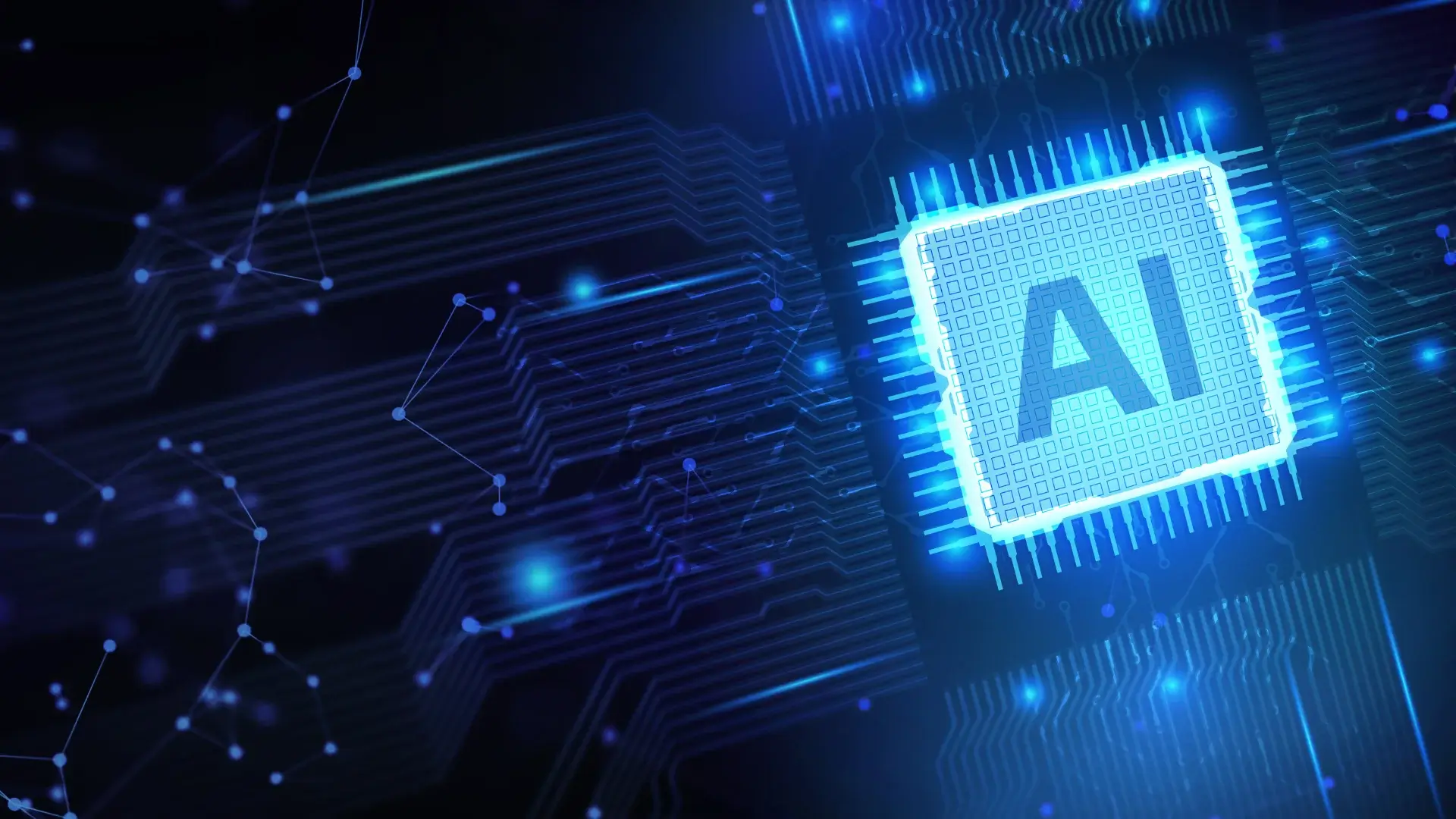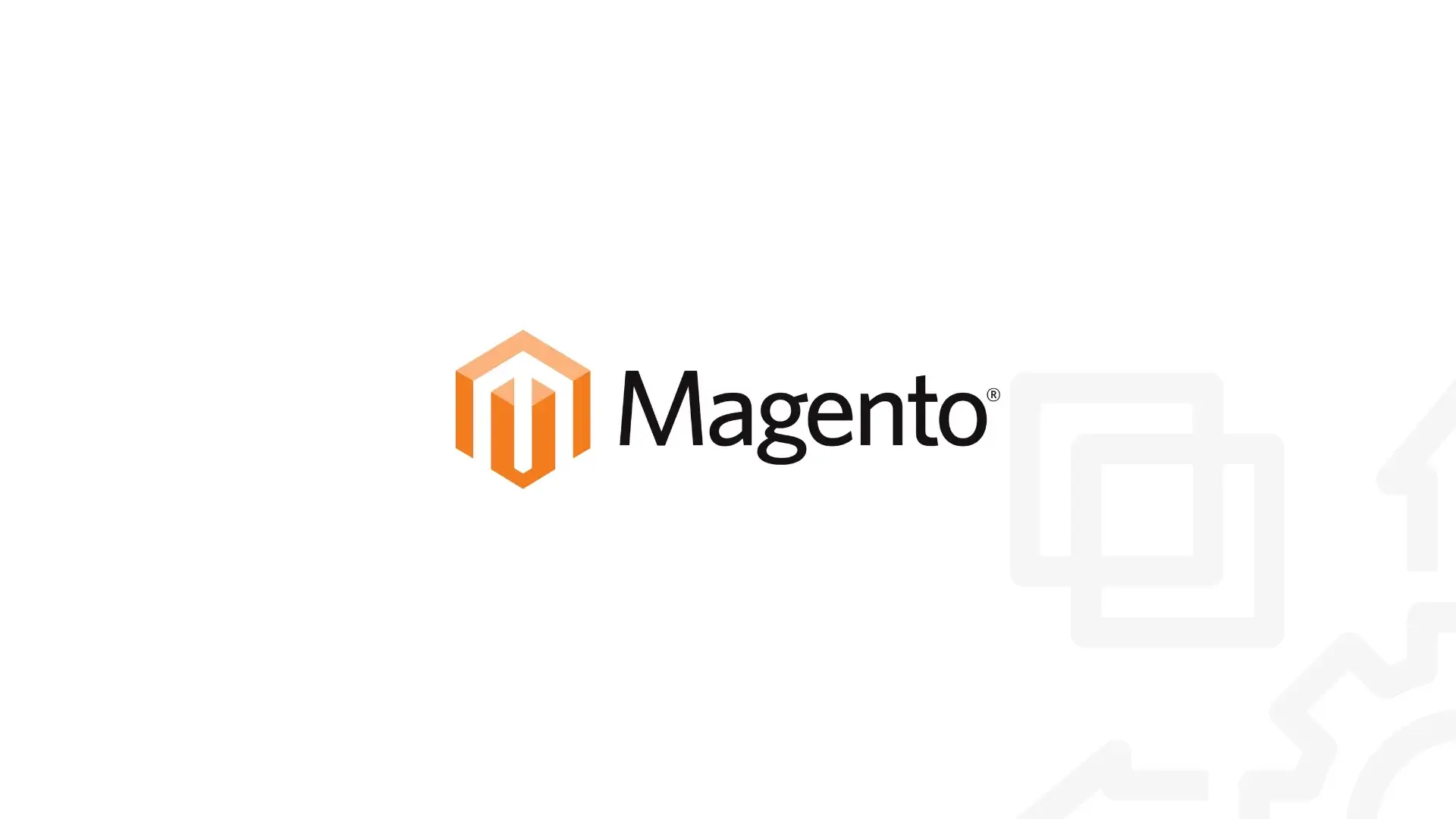Contents
- Introduction
- Regular refactoring
- Testing
- Quality gates
- Nurture products over project completion
- Implement measurements for the clean code
- SOLID Principles
- YAGNI (You Ain’t Gonna Need It)
- KISS (Keep It Simple, Stupid) by Kelly Johnson
- DRY (Don’t Repeat Yourself) by Andy Hunt and Dave Thomas
- Conclusion
- Why Choose Sparity
- FAQs
- Related Posts
Introduction
Each line of code matters for projects in the long run. Developers should write code that is easy to read, change, and maintain by following clean code principles. This significantly diminishes the possibility of bugs being introduced or unintentionally breaking the systems in subsequent updates and expansions.
However, clean code becomes the basis for better collaboration between team members and helps management to avoid onboarding of new developers which burdens them financially, which in the long run reduces the risk of developing technical debt. By the end of the day, paying attention to clean coding at the start leads to fewer burdens of technical debt and keeps the code base healthy and sustainable.
To understand what technical debt is in a comprehensive way, read our earlier blog here.
Mastering the art of managing technical debt is essential for sustainable innovation in software development. @sparity is your partner in conquering it and driving digital transformation. https://t.co/wXALR0Kjx4#TechnicalDebt #Innovation pic.twitter.com/zw8t5Fl6gr
— Sparity (@sparity) October 31, 2023
Let’s delve into the top 10 clean code practices to tackle technical debt.
Regular refactoring
To maintain clean code, refactor code regularly, which helps keep the codebase agile, adaptable, and easy to understand. Through the decomposition of complex functionalities into smaller, manageable units and continuous review of the architecture, developers can guarantee that the code stays efficient and scalable. Also, refactoring assists in complying with clean code principles such as removing redundancy and enhancing readability and maintainability. This forward-looking manner minimizes technical debt while fostering a culture of continual improvement within the development teams, ultimately leading to much stronger, sustainable software solutions.
AI tools
Efficiency and clarity are important for clean code in software development. AI-powered tools can revolutionize the process of reducing technical debt. These tools support developers by streamlining the process of writing clean, maintainable code.
For example, an AI-powered code review model can upgrade code quality by spotting issues automatically, giving tips on improvements, and even providing feedback in real time while programming. Moreover, AI coding assistants such as Amazon’s Q Developer can improve developer productivity through intelligent code suggestions that detect potential bugs and enforce best practices. This is how adopting these advanced technologies will enable programmers to write less messy code, cut down on technical debt.
Testing
Testing is essential for a code to ensure there will be no coding errors, reducing technical debt. Automation expedites the process, swiftly catching regressions and freeing up valuable time for developers to focus on refining code. Yet, manual testing remains crucial for exploring intricate edge cases and validating user experience nuances that automated tests may overlook. The selection of tools plays another crucial role in testing. Clean code isn’t solely the coder’s responsibility; testers contribute significantly to maintaining code quality through their meticulous testing practices, ultimately ensuring a robust and reliable software product.
Quality gates
Quality gates are checkpoints or criteria set up within the software development process to ensure that certain standards or requirements are met before progressing to the next stage. They serve as a means to maintain or improve the quality of the software being developed. Martin, in his “Boys Scouts of America” rule, stipulated that maintaining clean code is essential for good software quality over time.
These technical obligations are reduced by implementing quality gates, which offer rules for every new code commit. When coupled with continuous integration practices, these checkpoint systems enforce coding hygiene requirements and underpin ongoing improvement in software excellence. Nevertheless, even though such measures have some advantages, they are not widely employed due to a range of factors, including prioritization differences, time constraints, and a lack of implementation.
Nurture products over project completion
Try shifting focus from software development as just a project completion to the product care mode. Unlike projects, products last a long time, but they persist and evolve through time, thus needing ongoing care and attention.
Instead of solely looking at short-term project completion, make long-term product viability a priority. Recognizing that software’s lifecycle can extend beyond its initial development phase will pave the way towards developing flexible and scalable solutions that can expand along with continuously evolving needs and technologies. This approach promotes preventive maintenance and implements strategic improvement measures to keep things in good shape.
Implement measurements for the clean code
Measurements should be brought into alignment with the individual areas of code improvement involving cyclomatic complexity and assessing core business logic simplicity. Tools such as NDepend’s Code Query Language, which is specially developed to search and analyze the code, are used to identify the components of the codebase precisely, facilitate targeted optimizations, and empower developers with informed decision-making throughout the lifecycle of development.
Highlight the fact that tracking measurable results enables evaluating the efficiency of code changes. Teams can learn about how their efforts impact code quality and efficiency by measuring the observational outcomes, such as an increase in maintainability or a decrease in complexity. Furthermore, based on these insights, the teams can come up with new strategies to continuously improve the product.
SOLID Principles
Single Responsibility Principle (SRP): A class should have only one reason to change, meaning it should have only one responsibility or job. This promotes code that is easier to understand, maintain, and test.
Open/Closed Principle (OCP): Software entities (classes, modules, functions, etc.) should be open for extension but closed for modification. This encourages the use of abstraction and polymorphism to allow for adding new functionality without altering existing code, reducing the risk of introducing bugs.
Liskov Substitution Principle (LSP): Objects of a superclass should be replaceable with objects of its subclasses without affecting the correctness of the program. This ensures that subclasses adhere to the contracts established by their superclasses, preventing unexpected behavior.
Source: Barbara Liskov, 1987, at the Conference on Data Abstraction and Hierarchy
Interface Segregation Principle (ISP): Clients should not be forced to depend on interfaces they do not use. Instead of having large, monolithic interfaces, it’s better to have smaller, more focused interfaces, which reduces the impact of changes and minimizes dependencies.
Dependency Inversion Principle (DIP): High-level modules should not depend on low-level modules; both should depend on abstractions. Abstractions should not depend on details; details should depend on abstractions. By decoupling modules through abstractions, the code becomes more flexible, reusable, and easier to test.
Source of remaining principles: Robert C. Martin, Agile software development, principles, patterns, and practices
YAGNI (You Ain’t Gonna Need It)
Do not add new features until they are required. Developers can keep away from over-engineering, thus avoiding complexities and maintenance burdens next time. The strategy is to produce minimalistic, condensed code designs that emphasize existing functionalities. It helps eliminate features that will not be necessary in the future. Avoid adding things to the project unless it is 100% required. This makes project simpler and saves time.
Source: Extreme Programming
KISS (Keep It Simple, Stupid) by Kelly Johnson
Make designs and implementations simple. The ease with which developers can comprehend the code and maintain it is determined by their choice of straightforward rather than unnecessarily complex solutions. The KISS principle is about keeping it simple and straight, allowing it to have shorter production times and reduce the chance of mistakes or unforeseeable outcomes.
DRY (Don’t Repeat Yourself) by Andy Hunt and Dave Thomas
Reduce repetition of common functionality by abstracting it. This principle forces developers to put all the logic in the center, minimizing code duplication and maintaining uniformity. Following the DRY principle makes maintainability easier since the changes only need to be made once, hence improving code readability, maintainability, and scalability.
Conclusion
For organizations wanting to avoid technical debt in the long run or those currently burdened with it, maintaining clean code practices in the development process is the ultimate solution, especially when these practices are aligned with project requirements and organizational standards. By deeply understanding and implementing these principles, companies can reduce technical debt, ensuring project longevity and success.
Why Choose Sparity
Whether you aim for Android, web applications, or websites, our future-proof, robust solutions are initiated with deep technical understanding and a keen awareness of the business requirements of your projects.
Sparity’s expertise in software development brings added value to your projects. Contact us now to enhance your development process. Book a free consultation with our experienced developers today.
FAQs
Discover the top 10 cloud security tools to adopt in 2024 and protect your data from threats. Stay ahead in cybersecurity with these essential tools. Read More
If you’re confused about AWS Azure GCP to adopt, you’re in the right place. Here, we’ve listed the wide range of offerings from each category. Read More
Google Cloud databases with GenAI intergated, AlloyDB AI, LangChain, and Vertex AI and vector support for better scalability of your GenAI apps. Read More
Choosing the right cloud consulting partner is crucial. Sparity offers tailored solutions, expertise, and a commitment to client success.
Choosing the ideal cloud consulting partner for your business can be a critical decision. From understanding your business requirements to ensuring risk-free integration, migration, and support, the right partner can make all the difference. Read More




